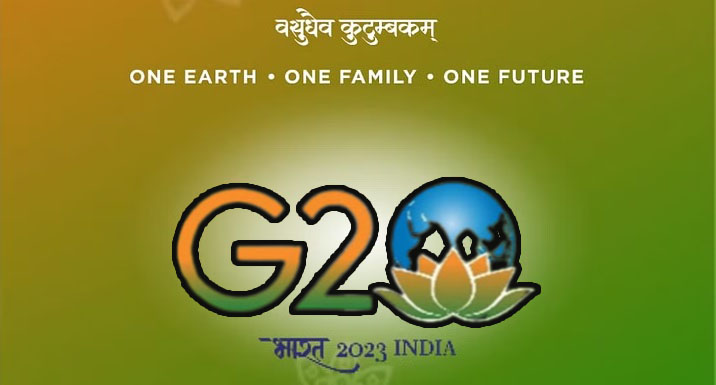Healing, harmony and hope is the message that has been sent out by India during its G20 presidency, at a time when the world is getting vertically divided.

New Delhi can now breathe a sigh of relief after an extremely successful G20 Leaders’ Summit over the weekend. India took over the presidency of the grouping at a challenging time when the world was divided over the Ukraine war. Over the last nine-odd months India has navigated through high rhetoric and a difficult phase in geopolitics. Looking back the whole nation should take pride in what we have achieved.
India has been able to transform proceedings and priorities and has given the world something to ponder about. India’s presidency has put tremendous pressure on Brazil, the next G20 President and the rest of the members to perform at a high level.
With over 200 meetings in 60 different locations across the country, India has shown the world what it is capable of; something that is going to be tough to replicate. The G20 presidency has been a festival for India. Foreign policy is a crucial part of any nation’s progress. However, it is something that is difficult for the masses to understand or is beyond their priority list. But, every Indian has been connected with India’s presidency and now knows what the G20 is. This is a major victory for India.
With over 200 meetings in 60 different locations across the country, India has shown the world what it is capable of; something that is going to be tough to replicate.
Talking of victories, another significant achievement has been the Delhi Declaration. Several experts and analysts were sceptical about consensus being reached on the declaration, but we managed it, showcasing our diplomatic nuance.
Not just the summit and the declaration, but even the bilaterals and plurilaterals on the sidelines threw light on India’s foreign policy priorities and the nature of our relationship with other actors. Right from the start we focussed on taking everyone along. The Global South Summit in January set the tone for things to come.
The world is experiencing an expanding polarisation that can be characterised as east and west. We are also witnessing a reduction in the gap between the North and South divide. This is where India has played a major role in bringing the Global South to the centre stage. People who were sitting outside and protesting about what’s happening in major groupings are today sitting inside those meetings. That’s a structural change that India has brought about by expanding and opening doors for others. Thanks to India, the grouping is no longer G20, but G21, with the inclusion of the African Union. This comes as a major win since a message was sent to the African nations that we are with them. Through this, we managed to stay true to the tagline “One Earth, One Family, One Future”.
What’s clearly visible on the global stage is that the world acknowledges that India has arrived. Whatever India says today, matters and is taken into account. Why is this happening? This is because India is the largest country in the world in terms of population, the largest democracy in the world and the fastest-growing major economy. This is something that has propelled us in the global arena and is reflected in the G20 as well.
Yes, the Chinese and Russian presidents not being present for the leader’s summit was a bit of a disappointment, but it didn’t really take away the success of the summit. Both leaders for reasons known to everyone were trying to prove their rigid point, which wasn’t paid heed to by anyone.
What’s clearly visible on the global stage is that the world acknowledges that India has arrived. Whatever India says today, matters and is taken into account.
That having been said, it is something that we have to be concerned about. Geography is something that can’t be changed and after Xi gave the summit a miss and China’s latest cartographic aggression, it is clear that we have to face a defiant China. The border offensive is concerning for India. The only way to tackle China is to deal with Beijing with a firm hand, ensuring that we don’t rub her the wrong way while doing so.
Meanwhile, Russia poses a different challenge. The public sentiment is still warm towards Moscow and there is no animosity among the leadership, but India’s shift towards the US is evident and is the need of the hour. This may pose some medium and long-term complications. How India’s diplomacy rises to the occasion will determine the future course of relations between the two old friends. We saw an example of this over the weekend when India offered Russia a face-saver on the international stage, even though everyone else was against Moscow.
Under the circumstances mentioned above, we have carried out the presidency in style and have managed to do what no one has done. Healing, harmony and hope is the message that has been sent out by India, at a time when the world is getting vertically divided. What India has done successfully has set the tone for the future and showcased itself on one of the grandest stages of them all.
(Frank is a Senior Journalist and Founder of Bharata First. Views expressed are the author’s own)
Frank is a senior journalist and the host of ‘Viewpoint’ on Sansad TV. Views expressed are the author’s own.
